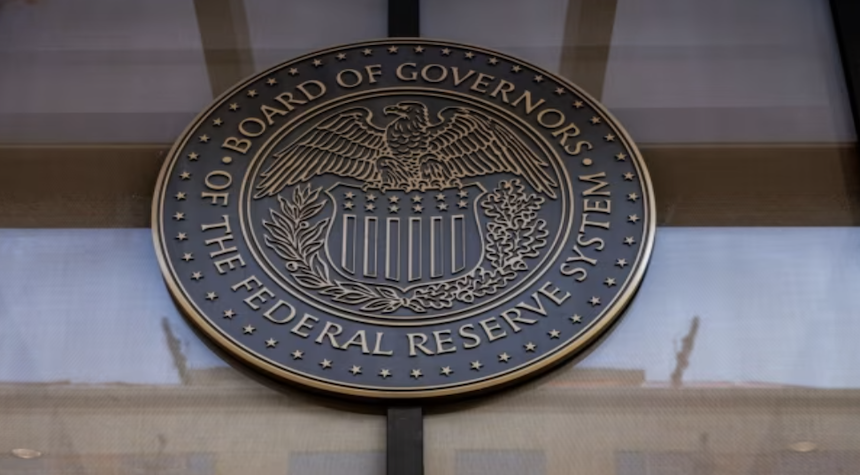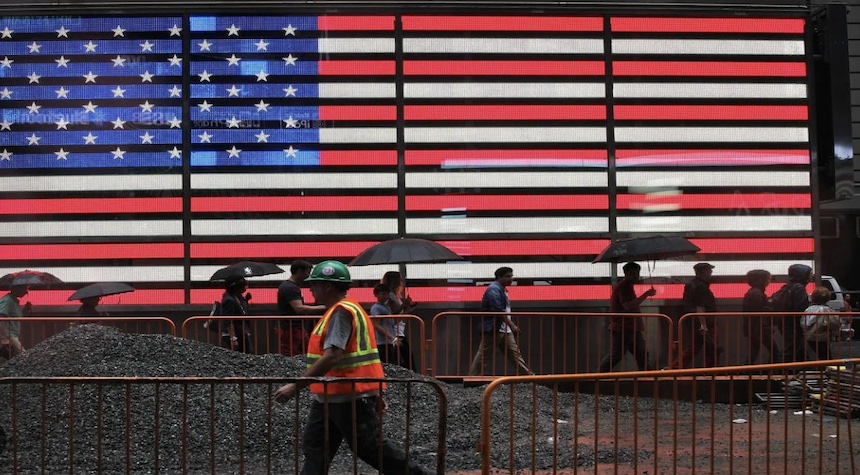U.S. employers created a solid 151,000 new jobs in the last month. However, the outlook remains cloudy as Donald Trump threatens a global trade war and purges federal employees.
The Labor Department announced Friday an increase in hiring from the revised figure of 125,000 for January. The rate of unemployment rose to 4.1%. The job market has remained resilient despite the high interest rate over the last year.
In a recent commentary, Lydia Boussour wrote that despite rising concerns over the state of the economy, the momentum is still positive.
The February job numbers were not anticipated to be affected by Elon Musk’s purge. It was too early for the Department of Government Efficiency to be reflected in the Labor Department’s survey of employers.

The American job market remains resilient. However, it has not been as hot in hiring since 2021-2023. The average number of jobs added by employers per month was 166,000 last year. This is down from the 216,000 that were created in 2023 and 380,000 in 2020. In 2021, 603,000 new positions were created as the economy recovered from COVID-19.
Hiring has continued despite high interest rates, which were expected to plunge the United States back into recession. After the unexpectedly rapid recovery of the economy from the pandemic depression in 2020, inflation surged to a peak in June 2022. Prices were 9.1% higher than a year ago.
The Federal Reserve responded by raising its benchmark rate eleven times between 2022 and 2023. This was the first time in over two decades that the Federal Reserve had raised it this high. The economy was able to remain strong despite higher borrowing costs thanks to strong consumption, productivity increases at businesses, and the influx of new immigrants that eased the labor shortage.

The Fed was able to cut interest rates by three times, despite the fact that inflation dropped to just 2.4%. Rate-cutting had been expected to continue in 2018, but the Fed held back because inflation progress has stalled.
The Fed is likely to welcome the drop in average earnings, but it’s not big enough for the Fed to lower rates during its March 18-19 meeting. Wall Street traders don’t expect another rate cut until the end of May and are not confident that it will happen, says CME Group’s FedWatch.
The economic outlook has become more uncertain since Trump began imposing- or threatening to impose- taxes on imported products.
Boussour stated, “Steep increases in tariffs could lead to adjustments in business decision-making, with a knock-on effect on wages and hiring as leaders negotiate higher input costs. This could result in a severer job freeze, lower incomes, and restrained consumer spending amid higher inflation.”

